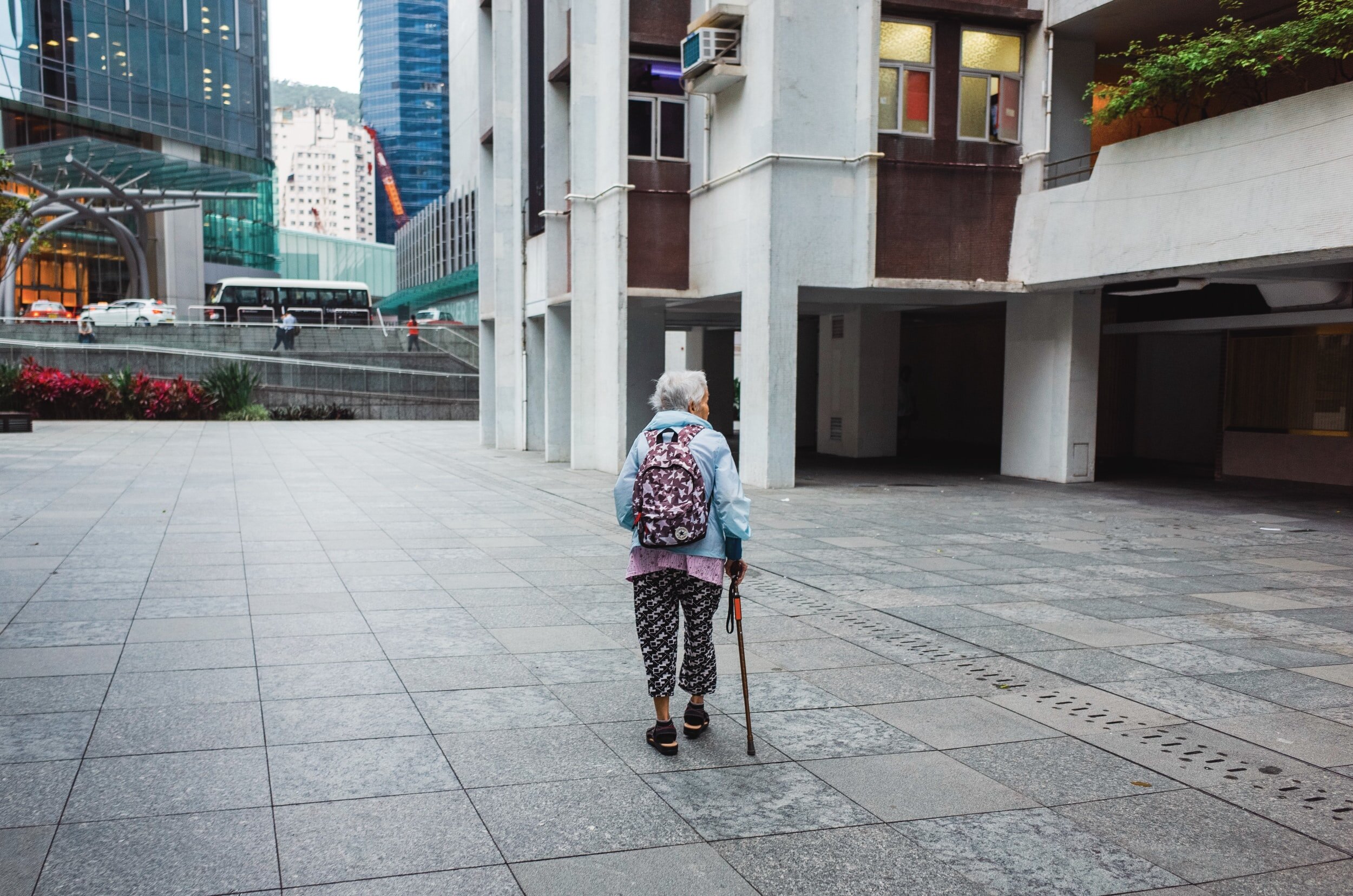
What is my fall risk?
There are many different factors that lead to falls occurring and usually a fall is caused by a combination of factors. The more risk factors a person has, the more likely they are to fall. Fortunately, may risk factors can be prevented or modified to lower your risk!
Here are some common risk factors:
Previous falls
Hazards in the home and community
Problems with walking and balance
Weakness and dizziness
Being in a hurry or rushing
Improper footwear or foot pain
Chronic diseases
Multiple medications or certain types of medicines
Poor vision
Depression
You can calculate your risk using this quick quiz!
Myths about Fall Risk
-
Myth 1: Falling happens to other people, not to me.
Fact: “It won’t happen to me” is a common mindset, yet 1 in 4 older adults falls each year, 27% of individuals fall during their pregnancy, and 2.8 million children are treated for fall-related injuries in emergencies annually.
-
Myth 2: Falls are unavoidable as you age.
Fact: Falls for all ages can potentially be prevented by managing your personal risk factors and designing your living space with safety in mind.
-
Myth 3: If I limit my activity, I limit my risk of falling.
Fact: Staying active, especially activities that improve your strength and balance, reduce your risk of falling. Plus being active and social is good for your overall physical and mental health.
-
Myth 4: If my family and I stay home, we can avoid falls.
Fact: Most falls take place at home, but simple fixes or home modifications can help reduce that risk.
-
Myth 5: Talking to my family or health care provider about fall risk will lead to alarm and loss of independence.
Fact: Fall prevention can be a team effort and your family and health care provider can work with you to help you maintain your mobility and stay independent longer.
